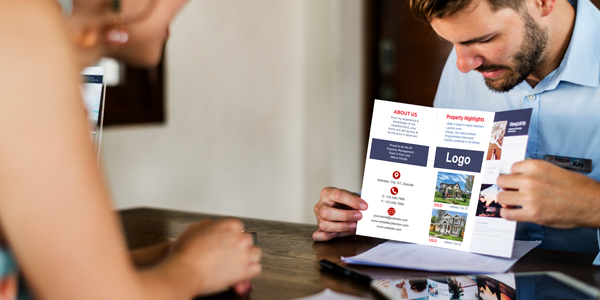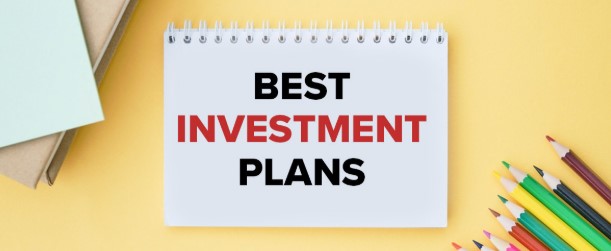
A brochure is a printed booklet or leaflet that gives information about a product, service, or business. Though everything today seems to be online, brochures still offer something websites can’t — a physical piece of material that people can hold, flick through, and take away with them.
They are effective in trade fairs, retail outlets, corporate events, and even via mail. A good brochure can leave a powerful first impression, particularly if the design, layout and copywriting are done well.
Brochures are not merely about providing information — they also establish trust. People still relate quality print to professionalism and dependability, particularly if the content appears and feels high-quality.
Types of Brochures
There isn’t a one-size-fits-all solution. Some brochures are basic tri-fold leaflets employed to promote deals or advertize events. Others are multi-page booklets employed by luxury brands, universities or estate agents. Your choice depends on your purpose.
The most popular brochure forms are:
- Single-fold (bi-fold): Opens like a book, suitable for breaking down key services or prices.
- Tri-fold: Suitable for marketing, with six panels to break up content.
- Z-fold: Like tri-fold but zags when folded, allowing for easier reading section by section.
- Booklet-style: When additional detail is required — these may be stapled, bound or glued.
The size and design should be appropriate to your business tone. Clean, simple design is suitable for premium brands, while bright colors and strong fonts might be good for local flyers or neighborhood events.
How Brochures Are Printed
Most brochures are either digitally printed or offset printed. Digital printing is ideal for short print runs — it’s quicker, less expensive upfront, and great for small businesses or a fast-approaching event. Offset printing is cheaper in bulk and ensures consistent high-quality output.
The paper choice also counts. Gloss paper provides a crisp, lively finish, whereas matte has a less showy appearance. Some companies use textured paper or spot UV coating for a higher-end appearance.
Folding, cutting, and binding also influence the end appearance. Saddle-stitch binding is typical for brief booklets, whereas perfect binding is applied to more substantial brochures such as catalogues.
Design Tips That Make a Difference
A brochure must be professional-looking, yet readable. A well-designed layout, good photos, and concise headlines direct the reader along the way. Don’t overload a small area with too many words — individuals skim brochures, so each page should have an immediate impact in a brief glance.
Consistent branding is key. Use your company colours, fonts, and tone throughout. If you’re including photos, they need to be high resolution — blurry or stretched images can do more harm than good.
Calls to action matter. Whether it’s encouraging someone to visit your website, call your office or attend an event, tell them exactly what to do next. A brochure without a purpose is just paper.
Is It Worth Printing Brochures Even Today?
Yes. Although websites and social media are where it’s at, print is still effective when utilized in the correct environment. A brochure remains longer than a screen ad. Folks can revisit it later, share it with someone else, or refer back to it.
For companies that involve face-to-face interaction — whether at exhibitions, showrooms, or site visits — brochures are still the easy yet effective means of making a lasting impression. Contact us for more information on brochure printing.



